Lonely Young Bear Breaks Into California Zoo Just to Make Friends With Captive Bears
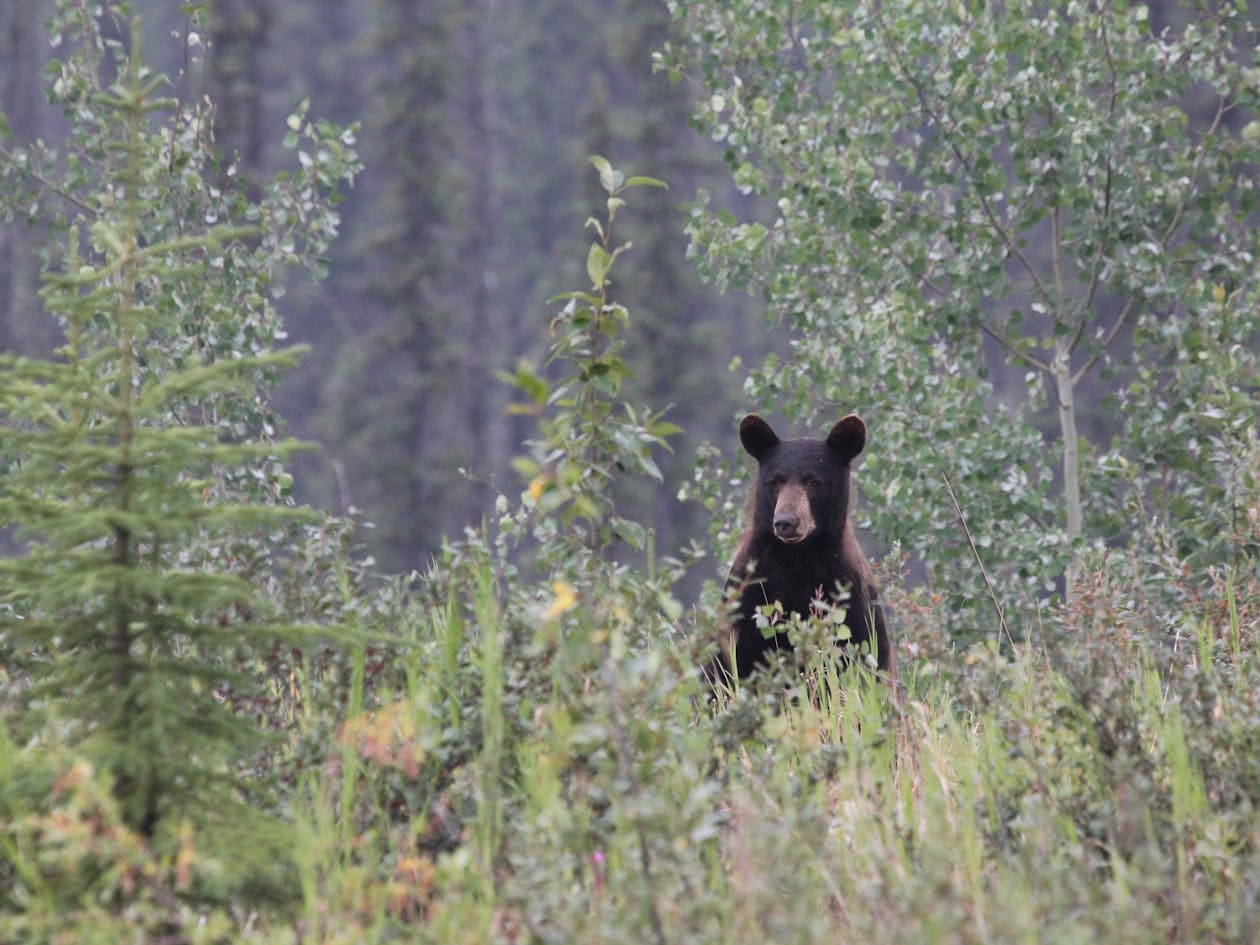
Security alarms never sounded. No fences showed damage. Yet someone unauthorized walked through a Northern California zoo Friday morning before opening time, heading straight toward the bear exhibit with clear purpose and determination.
Staff conducting routine inspections spotted the intruder near the Redwood Sky Walk around 9:30am. Emergency protocols activated immediately. Police rushed to the scene. Wildlife officials received urgent calls. Nobody expected what happened next or how this situation would resolve itself.
Animals don’t typically break INTO zoos for the same reason people don’t break INTO prisons. Yet this particular trespasser had zero interest in escaping captivity. Instead, this uninvited guest just wanted to make some friends and hang out for a while.
Wild Bear Does The Unthinkable at California Zoo
@nbcnews A wild black #bear in #Eureka was found inside the Sequoia Park Zoo visiting with the zoo’s three captive bears, officials said.
♬ original sound – nbcnews
Young black bear broke into Sequoia Park Zoo in Eureka, California, accomplishing what seems impossible for wild animals. Staff discovered unexpected visitor during Friday morning inspection of zoo grounds. Bear found calmly leaning against gate, watching three captive bears in their enclosure.
Most wholesome zoo security breach ever recorded unfolded over approximately 20 minutes. Wild bear showed zero aggression toward staff, other animals, or zoo infrastructure. Incident represented first time bear made unscheduled appearance at facility despite regular visits from skunks, raccoons, and foxes.
Zoo estimated intruder at roughly 1.5 years old and weighing around 150 pounds. Young bear appeared healthy, curious, and remarkably well-mannered for wild animal infiltrating secure facility. Staff member Christine Noel initially mistook visitor for zoo resident before recognizing distinctive differences.
Emergency response involved Eureka Police Department and California Department of Fish and Wildlife working alongside zoo personnel. Coordinated effort ensured safety of humans, captive animals, and wild bear throughout incident. “Exemplary execution of emergency systems” resulted in best outcome for everyone involved.
Meet The Polite Trespasser Who Followed All The Rules
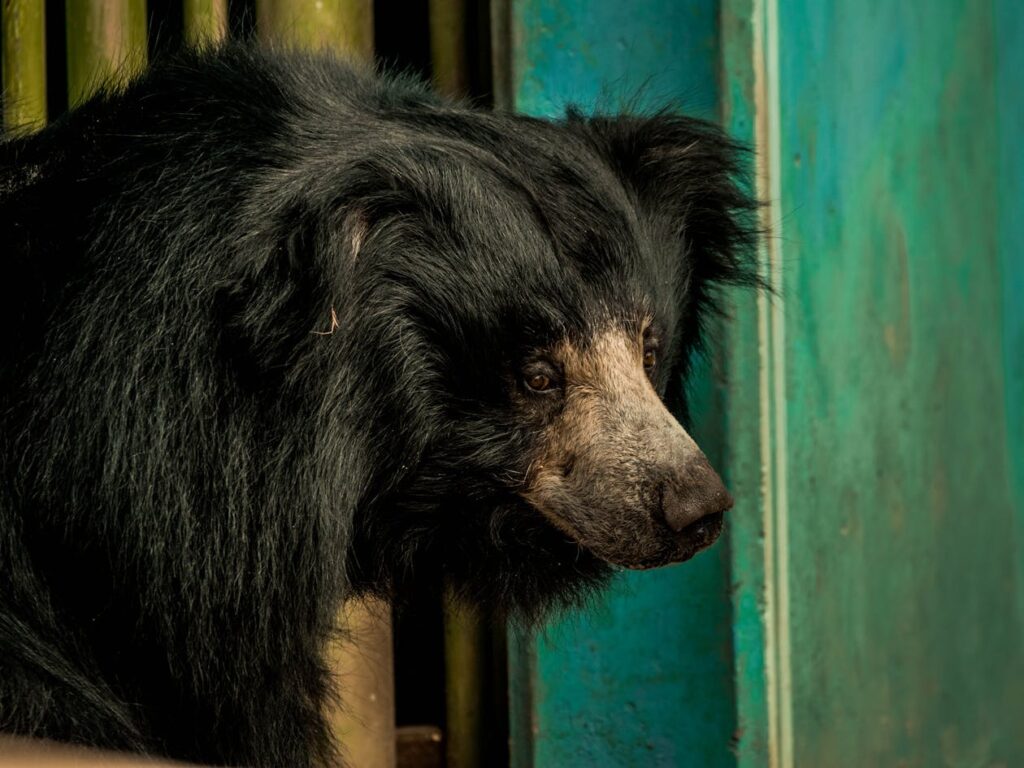
Zoo described unexpected visitor as exceptionally courteous despite illegal entry. Bear stayed on designated boardwalk paths like regular paying guest following posted signs. Animal kept all four paws on ground throughout visit, never attempting to climb railings or barriers.
“Overall, he was a very polite visitor. He stayed on the boardwalk path, kept two feet on the ground and didn’t try to climb over the railings!” zoo officials noted in social media post following incident.
Staff member Christine Noel, education curator conducting Redwood Sky Walk inspection, made initial discovery. “Our three bears are very distinctive in appearance, and I recognized right away that it was not one of ours,” Noel explained about spotting intruder.
Bear’s mannerly behavior throughout visit surprised experienced zoo personnel familiar with unpredictable nature of wild animals. Visitor never entered actual animal habitats despite having access to multiple areas. Good behavior made situation safer for everyone while officials arranged escort back to wilderness.
Young Bear Just Wanted To Make Some Friends
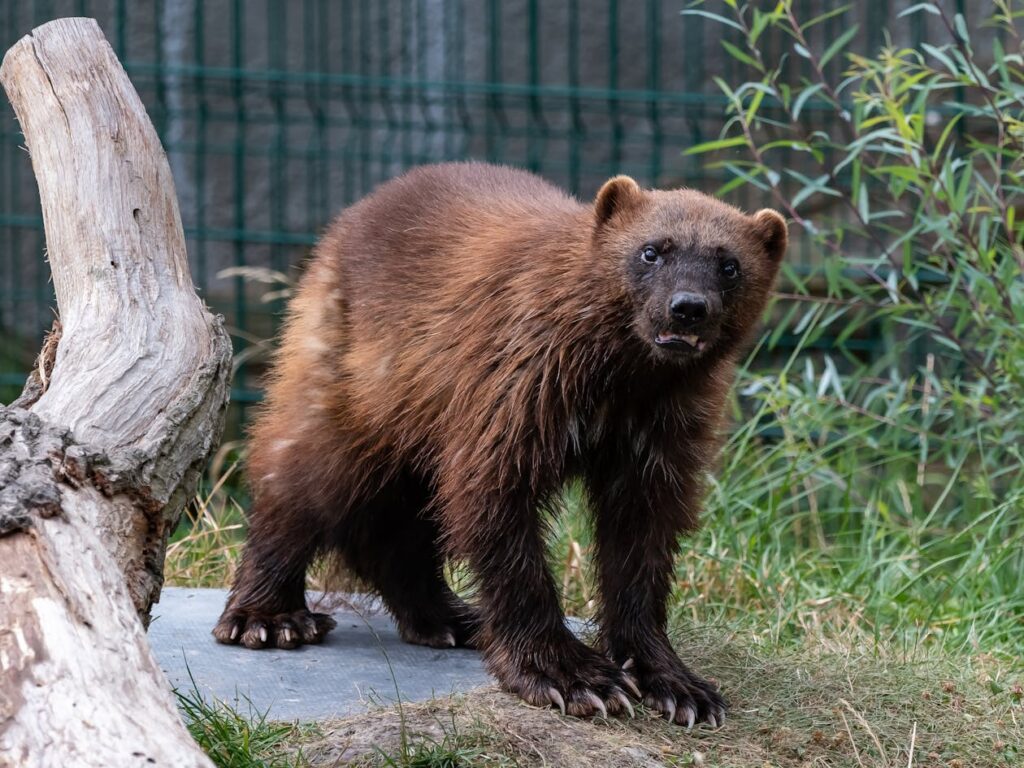
Zoo Director Jim Campbell-Spickler offered interpretation of bear’s motivations based on observed behavior. Young animal appeared focused entirely on interacting with captive bears rather than exploring broader zoo grounds. Encounter suggested loneliness or social curiosity rather than food-seeking behavior.
“He was really, really interested in our three bears, and he introduced himself to all of them through the fence,” Campbell-Spickler told media outlets. “The interaction between them was really sweet, calm and curious. We think he was just looking for a friend, though maybe that’s anthropomorphizing, of course.”
Estimated age of 1.5 years places bear in adolescent stage when young bears typically separate from mothers and establish independent territories. Young males especially face challenges finding their place in existing bear populations. Social isolation during this developmental period could explain attraction to other bears.
Eureka Police Department public information officer Laura Montagna expressed sympathy for young animal’s situation. “When I first heard about it, I thought: ‘Poor thing, it’s lonely,'” Montagna told reporters covering unusual incident.
Three Captive Bears Get Surprise Morning Visitor
Wild bear interacted separately with each of three resident bears named Tule, Ishŭng, and Kunabulilh. All three captive bears are rescues deemed unable to survive in wild due to various circumstances. Each has unique background that brought them to zoo environment.
Tule was found orphaned as tiny cub weighing just 3.7 pounds in spring 2022 at Tule River National Reservation. Multiple health concerns threatened survival until specialists intervened with rehabilitation. Unable to locate mother, wildlife officials placed cub at Sequoia Park Zoo.
Ishŭng arrived at zoo through California Department of Fish and Wildlife placement. Bear previously lived at wildlife sanctuary until facility lost permit renewal. Transition to zoo environment provided stable long-term home meeting care requirements.
Kunabulilh, nicknamed Nabu, joined exhibit most recently in June 2025. Young bear found in critical condition as yearling cub required extensive medical intervention. Wildlife officials determined release to wild would be inappropriate given health history and developmental challenges.
Wild bear showed no aggression during interactions with captive bears through habitat fencing. Calm, curious exchanges suggested mutual interest rather than territorial disputes. Captive bears appeared unbothered by unexpected visitor’s presence near their enclosure.
Bear Played With Toys Like Regular Zoo Guest
A wild black bear infiltrated the Sequoia Park Zoo in Eureka, California. It remains unknown how it broke into the facility, which is fenced off to the surrounding park. “Overall, he was a very polite visitor,” Christine Noel, the zoo’s education… https://t.co/phf9DYztIt pic.twitter.com/ijfROHmG6p
— The Western Journal (@WesternJournalX) October 25, 2025
Visitor explored enrichment items around night house area after greeting resident bears. Toys designed to stimulate animals’ bodies and minds caught wild bear’s attention. Brief investigation of objects showed curiosity typical of young bears learning about their environment.
Enrichment items serve important purposes for captive animals by providing mental stimulation and encouraging natural behaviors. Wild bear’s interest in these objects demonstrated intelligence and exploratory drive characteristic of species. Interaction remained gentle without destroying or removing any items.
Bear never entered actual animal habitats despite wandering zoo grounds freely for 20 minutes. Respectful distance from enclosures prevented direct contact that could endanger either wild or captive animals. Behavior suggested bear understood boundaries even without training or instruction.
Zoo’s bear and coyote habitat opened in summer 2023 as modern facility designed specifically for rescue animals. Location near Redwood Sky Walk provides educational opportunities for visitors while maintaining appropriate animal welfare standards. Habitat reflects zoo’s conservation mission and commitment to wildlife unable to survive wild release.
Mystery Remains How Bear Actually Got Inside
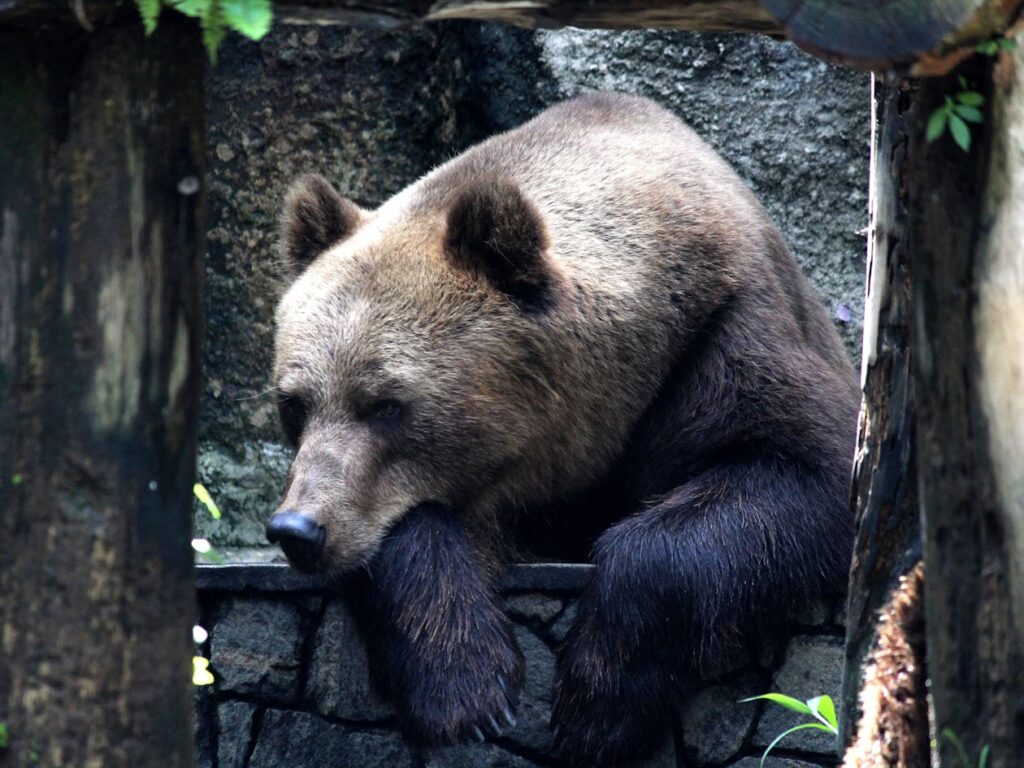
Perimeter fencing separating 60-acre Sequoia Park from zoo remained completely intact with no signs of damage or breach. Security infrastructure showed no evidence of forced entry at any checkpoint. Mystery of entry method puzzled staff, police, and wildlife officials.
Zoo Director Campbell-Spickler offered speculation about possible entry route. Bear likely climbed tree overhanging fence line and dropped into zoo grounds from above. “The main perimeter fence was not breached in any way. Likely, he was just very intent on coming in and visiting our bears, so he could have climbed up into a tree and come over,” director explained.
Black bears possess excellent climbing abilities using strong claws and flexible limbs. Trees near fence boundaries could provide access routes that ground-level barriers cannot prevent. Determined bear motivated by scent of other bears might overcome obstacles that normally deter wildlife.
Exit proved easier than entrance once officials decided to escort bear out. Wild animal followed gentle encouragement through service gate leading back into adjacent Sequoia Park. Process took approximately 20 minutes from initial discovery to successful departure into woods.
California Home To Tens of Thousands of Black Bears
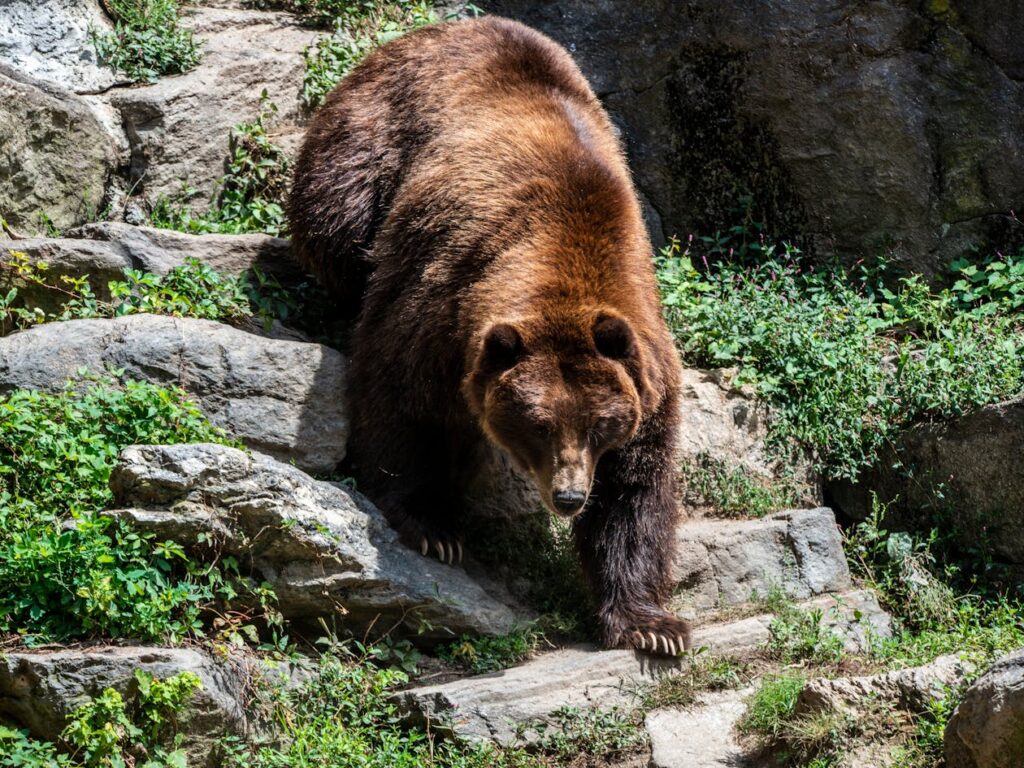
Golden State houses estimated 49,000 to 71,000 black bears across diverse habitats. Roughly 50% of population lives in North Coast and Cascade regions where Eureka is located. Another 40% inhabit Sierra Nevada mountains while remaining bears occupy Central and Southern Coast areas.
Black bears roam throughout California but typically avoid human-populated areas when possible. Excellent sense of smell draws them toward food sources including garbage, pet food, and barbecue grills in residential neighborhoods. Encounters increase during seasons when natural food sources become scarce.
Young bears face particular challenges establishing territories in areas with existing bear populations. Adolescent males especially may wander long distances seeking suitable habitat and potential mates. Urban edges and parks like Sequoia Park provide corridors connecting wild spaces.
Bears regularly visit 67-acre Sequoia Park adjacent to zoo facility. Wild animals call forested area home while coexisting with human recreational activities. Zoo reminds guests they share space with wildlife and should practice responsible observation habits.
What To Do If You Meet A Bear In The Wild
It was an eventful morning at Sequoia Park Zoo! 🌲🐻
Staff conducting the Redwood Sky Walk daily inspection spotted a…
Posted by Sequoia Park Zoo on Friday, October 17, 2025
National Park Service provides specific guidance for handling bear encounters safely. First and most difficult instruction requires staying calm despite natural fear responses. Panic increases likelihood of making mistakes that escalate dangerous situations.
Identify yourself to bear by talking in calm, steady voice. Speaking helps bear recognize you as human rather than prey animal. Avoid high-pitched sounds that might trigger predatory instincts. Make yourself appear as large as possible by raising arms or opening jacket.
Never run from bear under any circumstances. Running triggers chase response hardwired into predator instincts. Bears can run much faster than humans across any terrain. Fleeing guarantees pursuit and potential attack from animal that might otherwise leave you alone.
Walk away slowly in reverse while maintaining visual contact with bear. Move in zigzag pattern if possible to create unpredictable path. Give bear clear escape route so animal doesn’t feel cornered or threatened. Most bears prefer avoiding confrontation with humans when given opportunity.
Keep minimum 100 yards distance from bears whenever possible. Pick up small children immediately to prevent them running toward or away from animal. Don’t drop backpack or food items that might attract bear’s attention. Hold your ground if bear approaches while making yourself look large and intimidating.
Wild bears generally avoid areas where people gather and prefer staying away from human activity. Scared or protective bears become unpredictable, especially mothers with cubs. Understanding bear behavior and following safety guidelines protects both humans and animals during unexpected encounters.
Sequoia Park Zoo’s friendly visitor demonstrated that not all bear encounters end badly. Young animal’s polite behavior and successful departure back to wilderness shows how proper response protocols keep everyone safe. Story reminds us that wildlife and humans can coexist peacefully with appropriate respect and understanding.
Loading...

